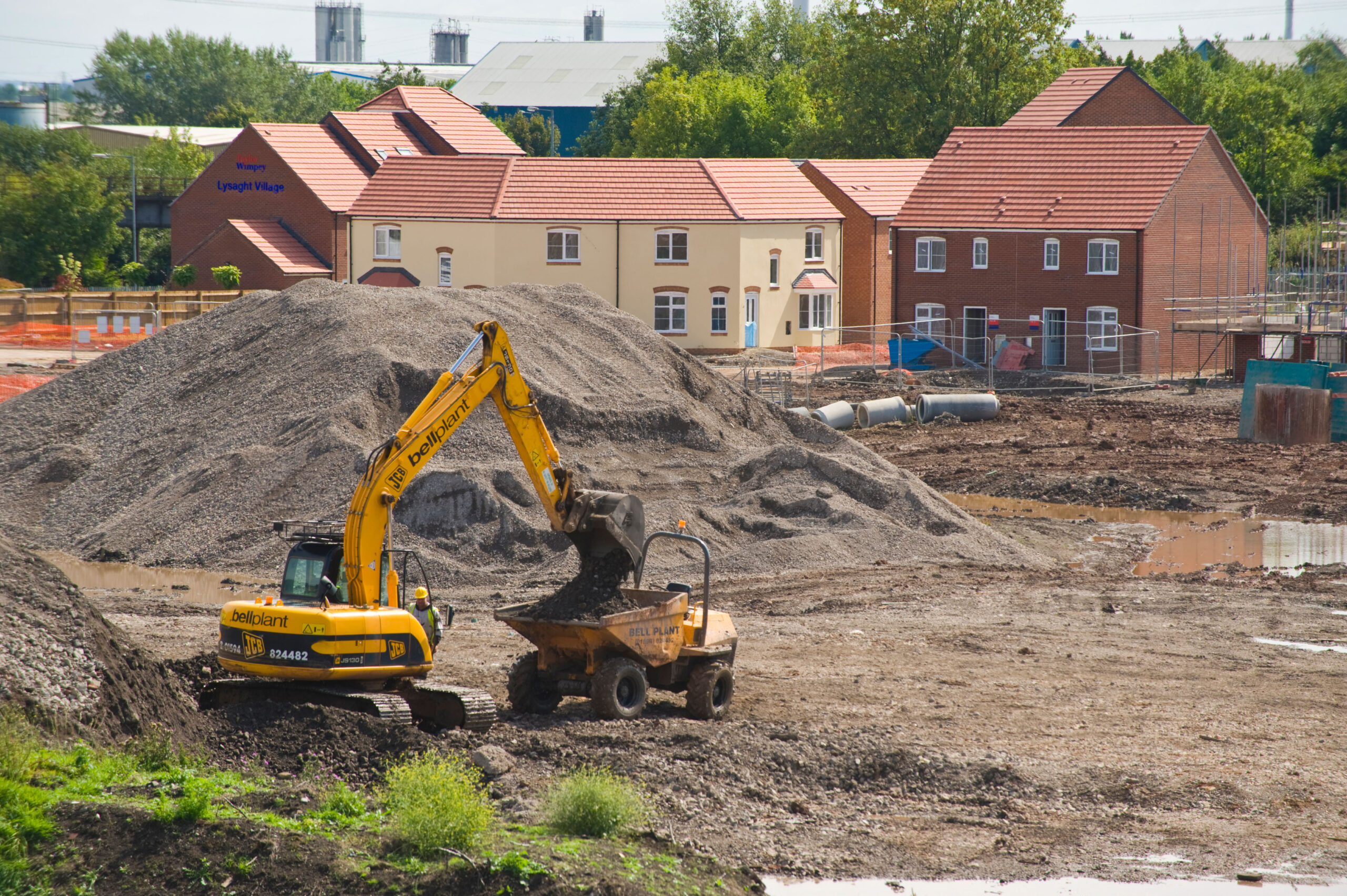
Introduction
The construction industry has faced increased scrutiny regarding safety standards and building regulations. One major concern revolves around defects in cavity barriers, crucial components designed to stop the spread of fire within structures. Recently, Taylor Wimpey, a leading UK housebuilder, has come under fire for alleged defects in its cavity barrier installations, raising questions about the company’s compliance with safety protocols and the potential risks posed to residents.
Details of the Defects
Reports indicate that several developments by Taylor Wimpey have been found to contain improper cavity barrier installations. Cavity barriers are essential in creating fire-resistant compartments within a building, and defects can significantly compromise safety. This issue came to light following a series of inspections across various developments, revealing gaps and substandard materials used in the construction of these barriers.
Inspectors have noted that the failures could lead to significant fire safety risks, including rapid fire spread between floors and risk to escape routes. The recent incidents have prompted local authorities to investigate and engage with residents living in affected developments, urging them to be aware of potential hazards.
Company Response
In response to these findings, Taylor Wimpey has stated that they are committed to rectifying the defects and ensuring the safety of their buildings. The company has initiated a review of its construction practices and pledged to work closely with local councils and fire safety experts to address the issues. Furthermore, they have promised to replace or repair any non-compliant cavity barriers to meet the necessary safety standards.
Legal and Regulatory Implications
The implications of these defects extend beyond safety concerns. Taylor Wimpey could face legal consequences, including lawsuits from affected homeowners and increased scrutiny from regulatory bodies. Additionally, the incident may have broader ramifications for the housing market and public confidence in major developers, particularly as the industry faces ongoing challenges regarding quality assurance and safety compliance.
Conclusion
The revelations about cavity barrier defects in Taylor Wimpey developments underscore the urgent need for rigorous adherence to safety standards in the construction sector. As investigations progress, it is critical for industry stakeholders to take proactive measures to ensure that building practices are not only compliant with legal regulations but also prioritise the safety and well-being of residents. Moving forward, this situation serves as a critical reminder of the importance of quality control in housing developments across the United Kingdom.
You may also like

Spotlight on Strand Larsen: Innovating Maritime Solutions

Phil Spencer: Shaping the Future of Gaming
